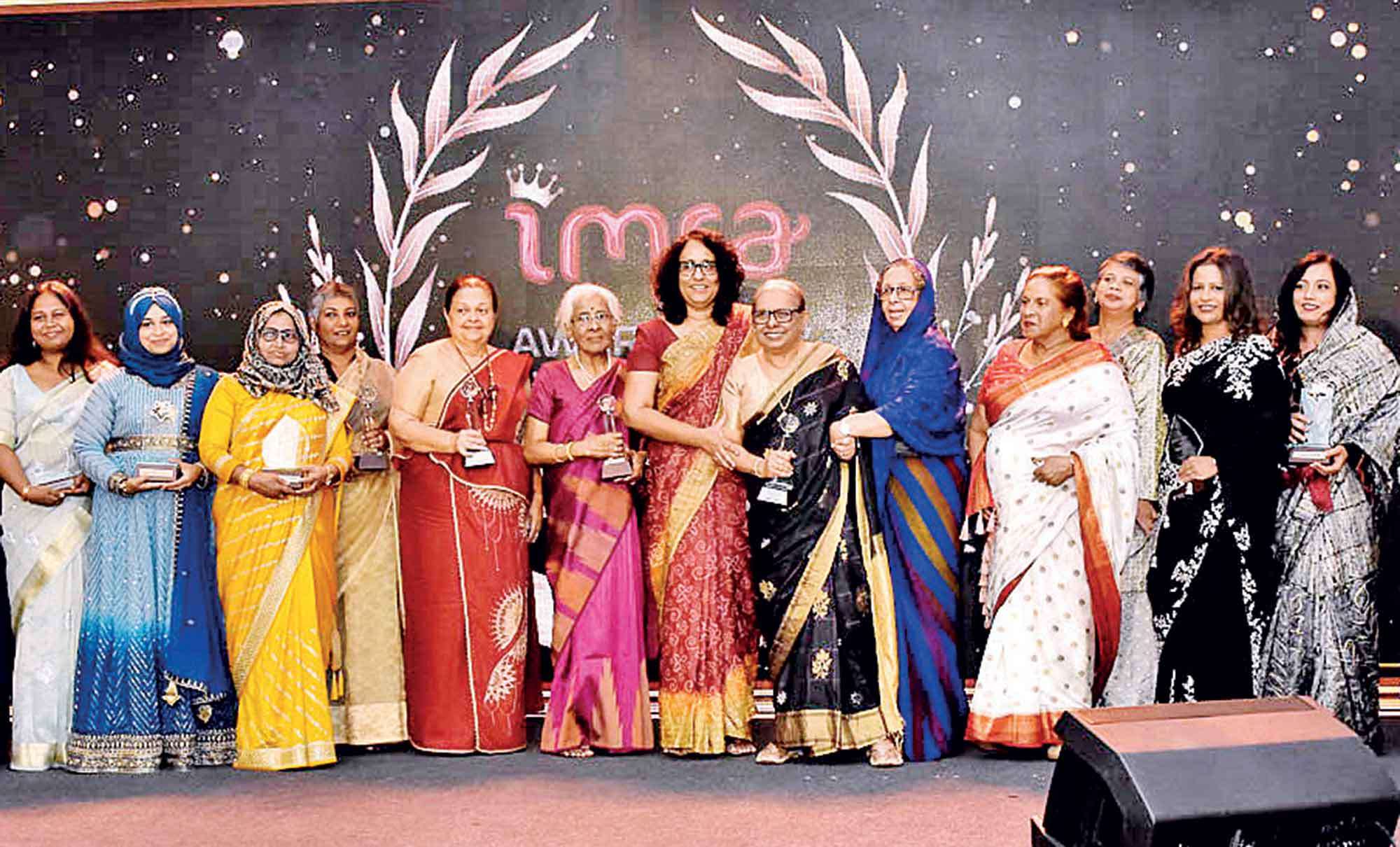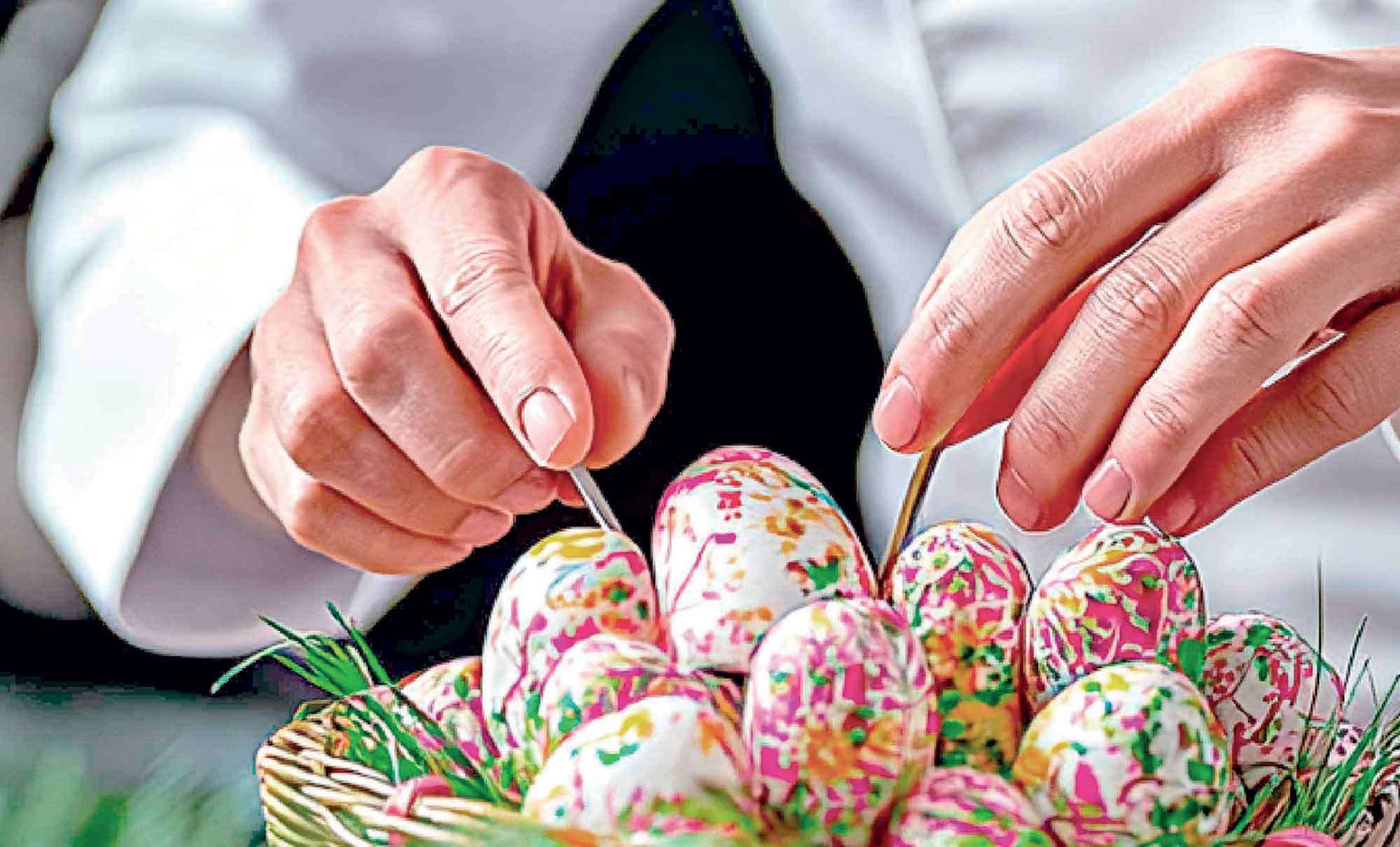Tamil culture is one of the oldest in the world, and its food system is just as ancient and fascinating. Long before modern science talked about nutrition, Ayurveda, or wellness diets, Tamil texts had already laid out a complex, thoughtful approach to food. What makes ancient Tamil food science so interesting is how it connects food to emotions, the environment, and even the human body type. Let’s dive into this flavorful world and discover how the old Tamil way of eating was not only tasty, but smart, too. One of the most unique things about ancient Tamil food philosophy is how food was never ‘one size fits all.’ Tamil people believed that what you eat should depend on how you feel, the climate, and your individual body nature.
Ancient Tamil meals were not just a random plate of food. The layout of a meal, especially in a traditional banana leaf setting, was done with purpose and precision
For example:
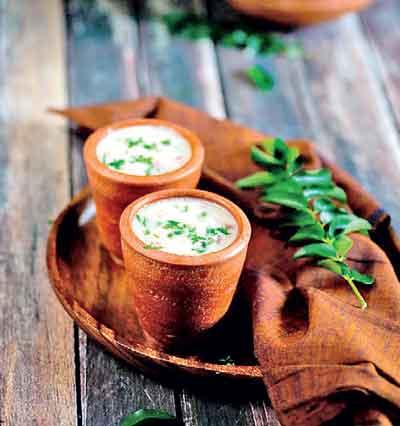
In hot summers, cooling foods like buttermilk, raw mango, and watery vegetables (like cucumber) were preferred
This shows a deep connection between food and emotional well-being, something modern science is only beginning to understand now. Ancient Tamil meals were not just a random plate of food. The layout of a meal, especially in a traditional banana leaf setting, was done with purpose and precision.
For example:
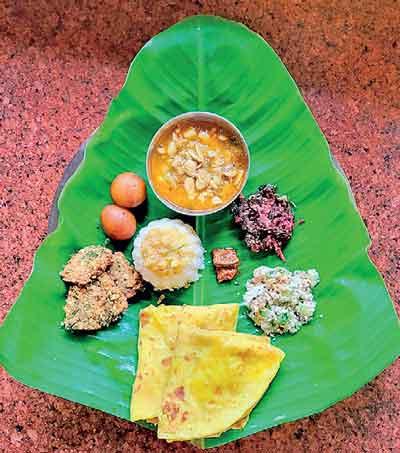
Salt is placed first on the upper left side of the banana leaf
This sequence was not just for presentation, it was based on digestion flow. Lighter items came first, followed by richer foods, and finally cooling curd or buttermilk to calm the stomach. It’s like a built-in digestive roadmap!
Ancient Tamil kitchens were full of wisdom. Instead of non-stick pans and microwaves, they used natural tools like:
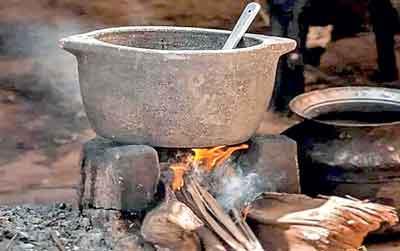
Kalchatti (stone pots): perfect for slow-cooking rasam or tamarind-based dishes. These enhanced flavor over time.
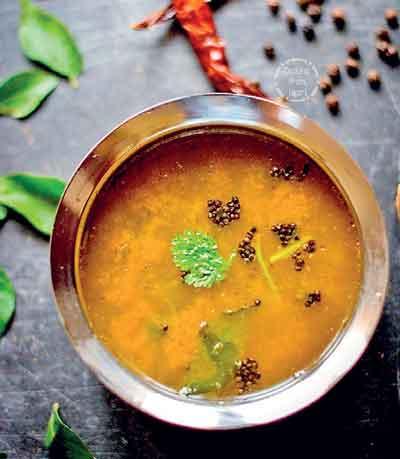
In cold or rainy seasons, people ate warming dishes like pepper rasam, ginger-based soups, or sesame seed balls
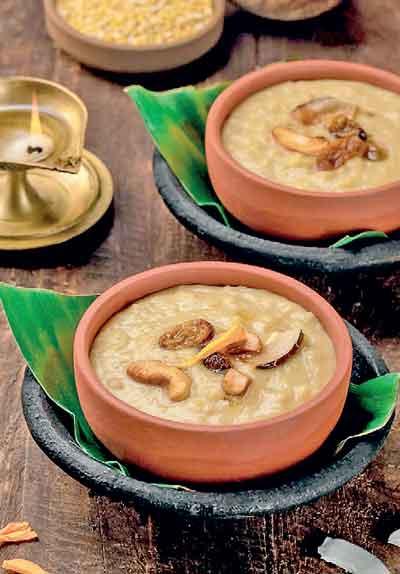
If someone was feeling sad or tired, they might be given sweet payasam or food made with jaggery to uplift their mood
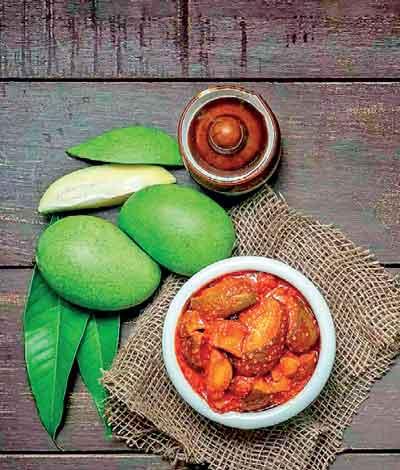
Pickles: Spicy, tangy preserved vegetables or fruits, often with spices
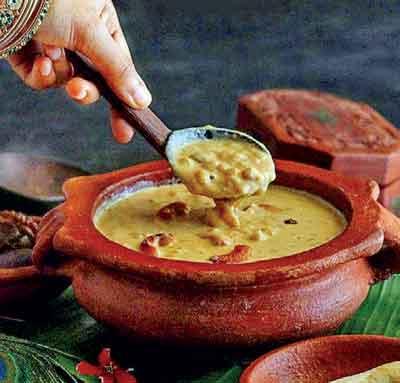
If someone was feeling sad or tired, they might be given sweet payasam or food made with jaggery to uplift their mood
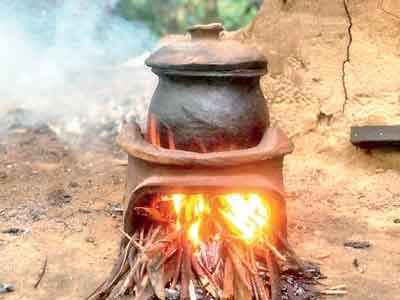
Aduppu and Viragu (wood-fire stoves): cooking on a low flame was believed to preserve nutrition better
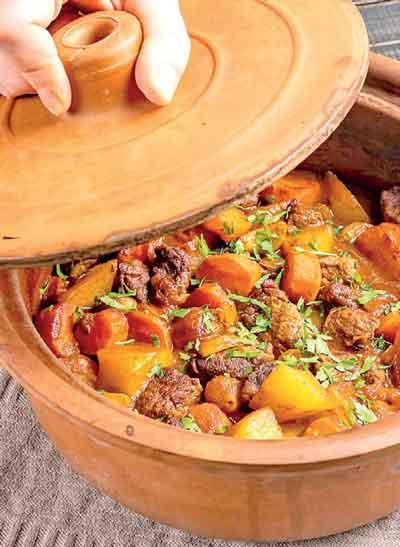
Man panai (clay pots): used for cooking rice and curries. Clay helped retain heat evenly and added a unique earthy taste.
Modern research shows that these tools often preserved nutrients better and added trace minerals (like iron from iron pans). Plus, they were eco-friendly and non-toxic.
Fermented food helped improve digestion, boost immunity, and kept the gut healthy, something that today’s nutritionists strongly support.
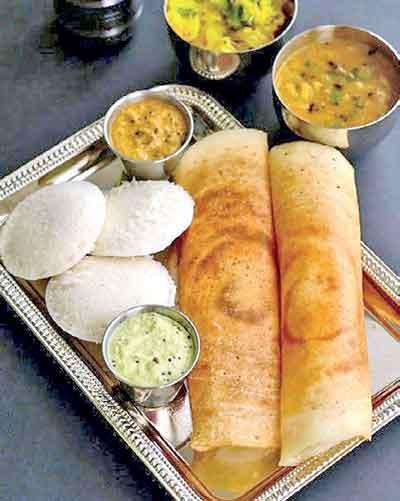
Idli and dosa batter was naturally fermented overnight
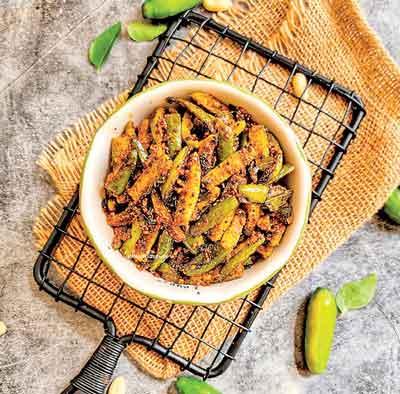
Then come vegetable side dishes (poriyal, kootu)
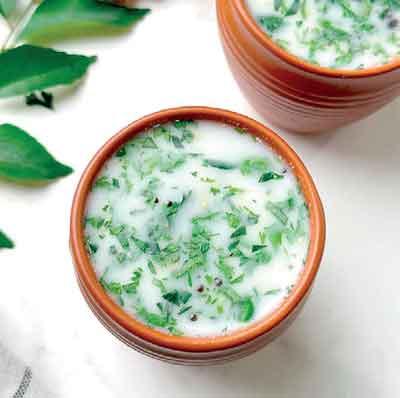
Nei mor (buttermilk) was slightly sour and packed with gut-friendly bacteria
Ancient Tamil food wasn’t just about filling the stomach, it was about balancing the body, calming the mind, and connecting with nature. In a time when we're looking back to traditional diets and clean eating, the Tamil way of food offers timeless guidance, wrapped in aroma, flavor, and centuries of love.
Ancient Tamil food wasn’t just about filling the stomach, it was about balancing the body, calming the mind, and connecting with nature





